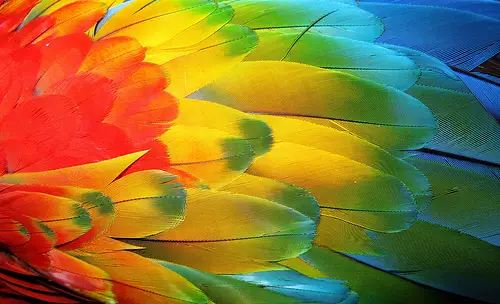Nature & Wildlife of Santorini Islands in Greece
Santorini is a group of small volcanic islands located in the Aegean archipelago of Greece. Five islands make up Santorini – Thera, Aspronisi, Palea Kameni, Therasia and NEA Kameni. A trip to Santorini in the Cyclades is always an adventure that gives you a vast panorama of whitewashed dwellings that cling to rocky cliffs. Visitors will experience blazing sunsets which stretch across the azure waters of the Aegean Sea.


When people think of visiting Greece, they will usually conjure up images in their mind of blue seas and skies along with a sun-kissed land. It is a country where one can expect to experience a fair blend of modern holiday pursuit and ancient history lessons.


The islands of Santorini offer diverse and wonderful landscapes which include mountains, forests, lakes, rivers, gorges, and coastal lagoons. Nature lovers and wildlife enthusiasts are sure to fall in love with the region’s flora and fauna. More than one-third of the Santorini islands lies over five hundred meters above sea level. Many travelers overlook the fact that Greece is quite mountainous with many peaks rising nearly 3,000 meters.


Santorini is well known for its sea-filled volcanic caldera which is surrounded by steep beautiful cliffs. The islands of Santorini make a ring around the flooded caldera. The unique layout was formed from a series of eruptions throughout history including the Minoan Eruption which was one of Earth’s largest volcanic events in recorded history. Santorini’s volcanic landscape is just one of its many fascinating natural wonders.
Wildlife of Santorini
Santorini is home to many unique animals. Noctule bats can be heard while they are busy hunting and you may encounter the Erhard’s wall lizard which is found mostly on Thera Island and in abundance on the hillside around Mesa Vouno. Search for butterflies and moths including swallowtails, hummingbird hawk moths, red admirals, brimstones, and painted lady butterflies. You may also come across a praying mantis, several species of large spiders , and cicadas.




Clockwise from top left: Hummingbird hawk moth, Erhard’s wall lizard (photo by: conor lawless), praying mantis, red admiral
Several domestic animals are also found in Santorini such as sheep, cows, and goats. They are commonly encountered by visitors to Santorini when driving through the hilly roadways where flocks of sheep may block the route for a short time.
Several environmental organizations have been commissioned in Greece in order to protect endangered species such as the brown bears of Epirus and wolves. An example is an organization known as Arcturos which concentrates on preserving the natural environment and the wildlife of Greece. Other wildlife centers have also been opened for the purpose of rehabilitation and hospitalization of various wild animals. An example is the Wildlife Hospital in Aegina and Alkyoni Wildlife Center that has been opened in Paros.


The perfect base for your visit to Santorini in Greece is the Apanemo Hotel and the best way to explore the countryside is to take one of the Santorini Nature & Wildlife Tours you can find and book through TripAdvisor.


Birdlife in Santorini
There are more than four hundred species of birds that have been found in Greece and about half of them can be spotted in the Santorini group of islands. This is quite a big number for a small place, making this region a significant one for ornithologists who want to study European bird life. Birdwatchers can seek out peregrine falcons, kestrels, little owls, and numerous seabird species such as Cory’s Shearwater or the yellow-legged gull.


Flora of Santorini
The regions vegetation is lush and green with plenty of olive trees and vineyards. Also present are fig trees, eucalypti, and a variety of pine trees. Greece is blessed with more than six thousand species of plants and more than seven hundred of these species are endemic to the country, meaning they are found nowhere else in the world. The mountainous topography of Santorini has offered isolation for many plant species which has allowed them to evolve in unique ways, providing sanctuary for the area’s wildlife.


LEft to right: fig tree, olive tree



















